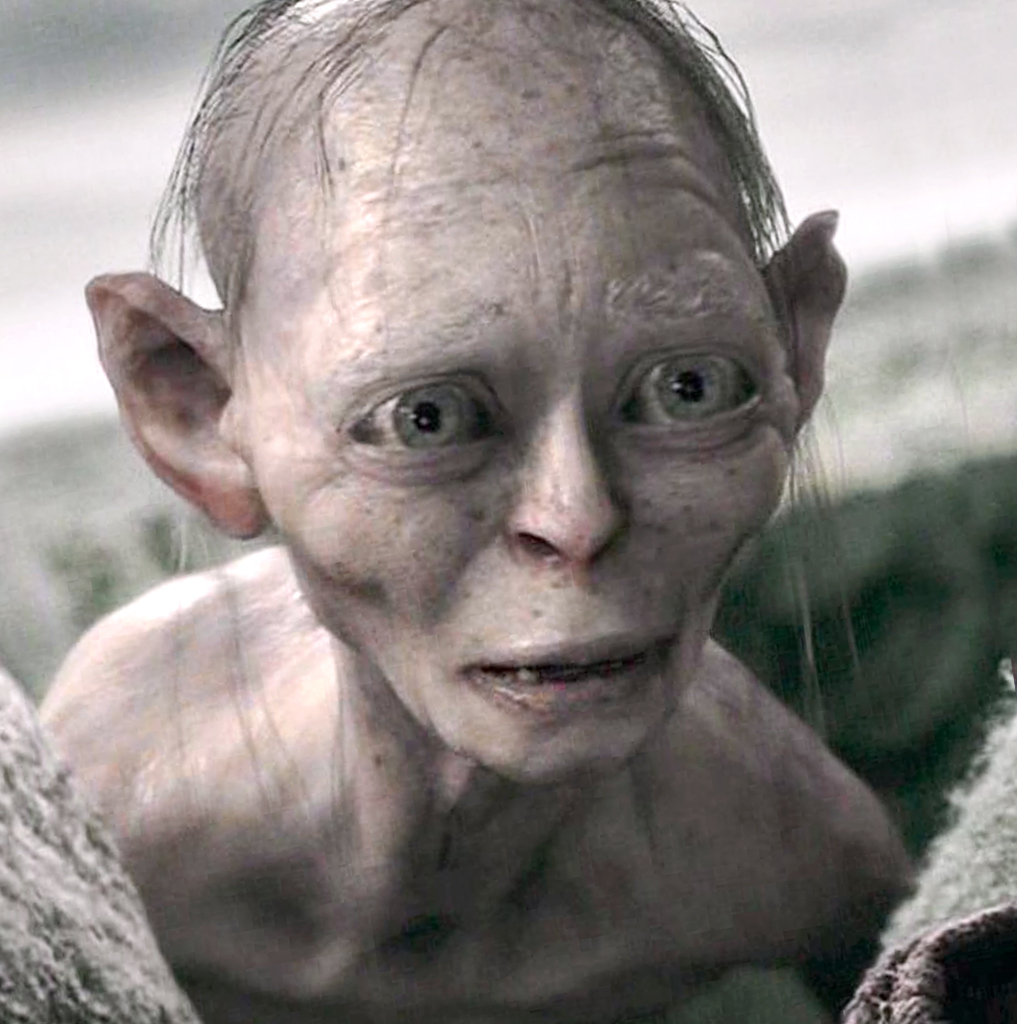

In navigation of the stages, the jumping is imprecise, stages are poorly structured to communicate where you can go, and the camera is unwieldy, or sometimes even broken, flipping entirely upside down while climbing or refusing to rotate to view the next necessary jump. Gameplay is split chiefly between old-fashioned linear traversal sequences and clumsy, uninteresting stretches of stealth. A promising exploration of the dichotomy between the Gollum and Smeagol character initially seems compelling but is never leveraged in a meaningful way.

Even stripped of its connection to that vaunted legendarium, the storytelling is poorly paced, meandering, and often incoherent. With its drab colors, focus on cruel and unappealing characters and chore-focused gameplay, it feels at odds with most of the core tenets and themes of Tolkien’s fiction. Gollum tracks the story of the titular fellow in the time period between The Hobbit and The Lord of the Rings, mostly during his slavery and misuse in Mordor and the related escape to pursue his precious ring. This is not that project like its miserable and piteous lead, this game is best avoided at all costs. That said, it’s not impossible to imagine the game that might somehow have made the unusual premise click. It’s hard to think of a more potent case in point than The Lord of the Rings: Gollum, a game that fundamentally misunderstands the appeal of its source franchise, focusing on a character who, by almost any measure, is the wrong choice for a lead.

At times, an event or character can be profoundly impactful to its originating fiction, but not the right choice for a dedicated spotlight project of its own.


 0 kommentar(er)
0 kommentar(er)
